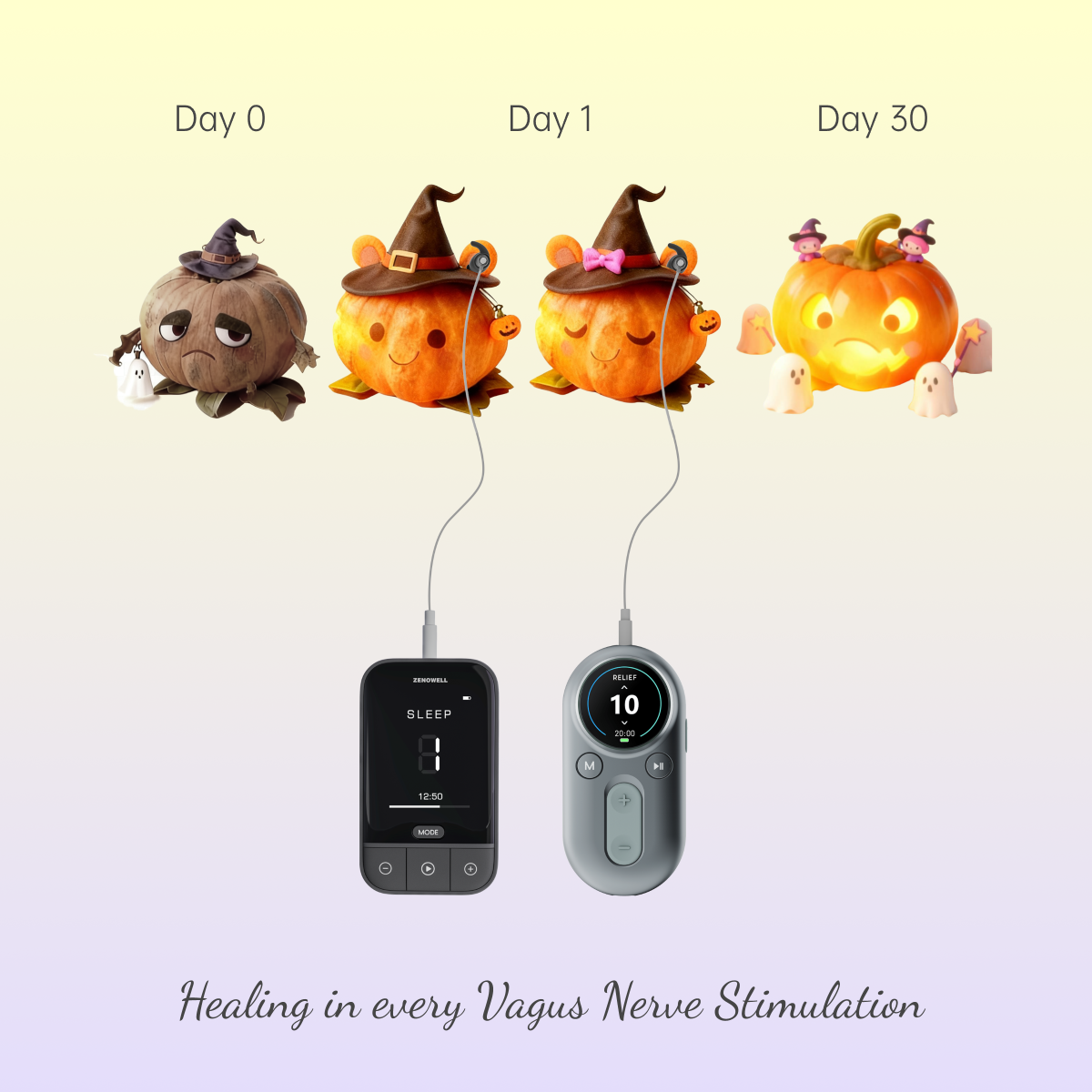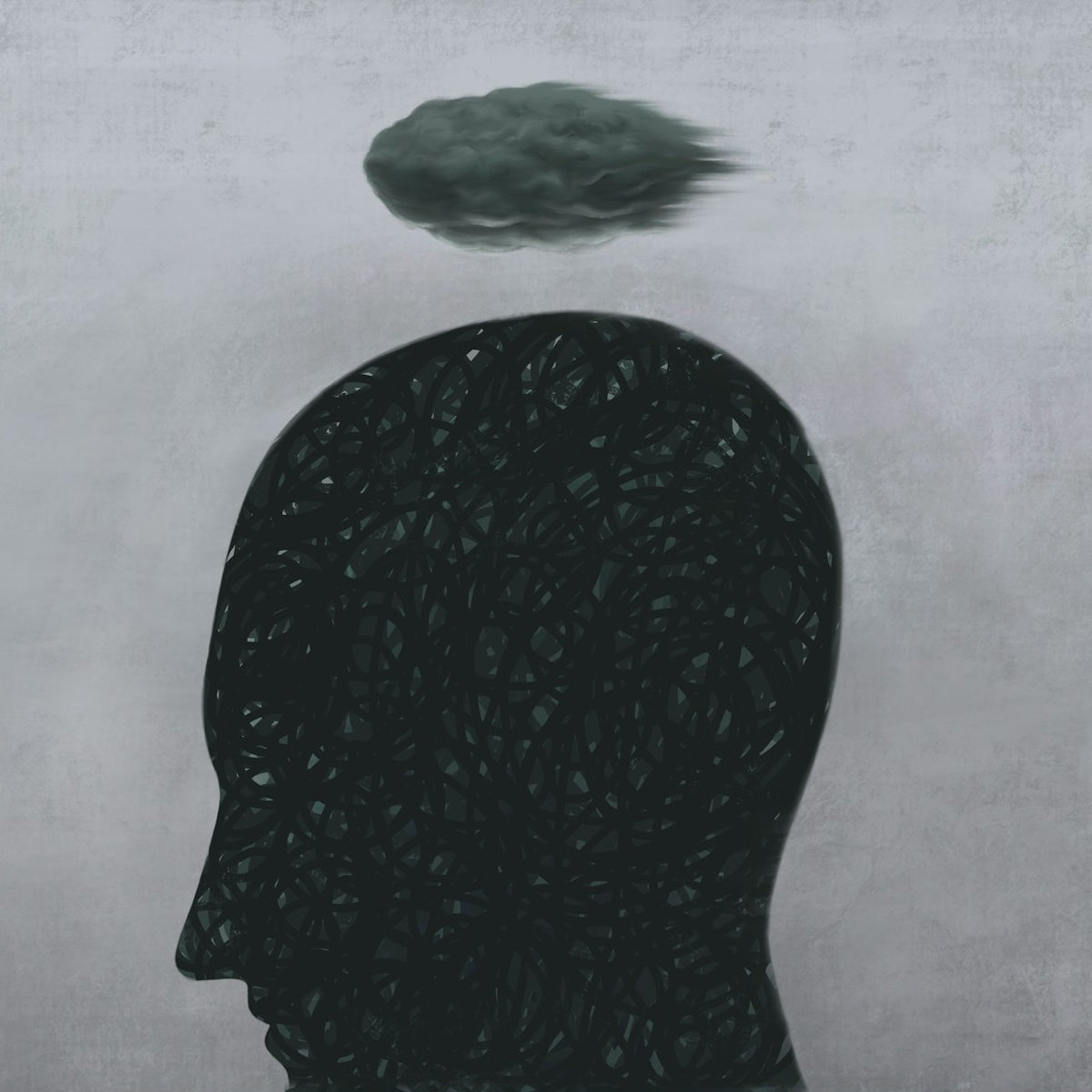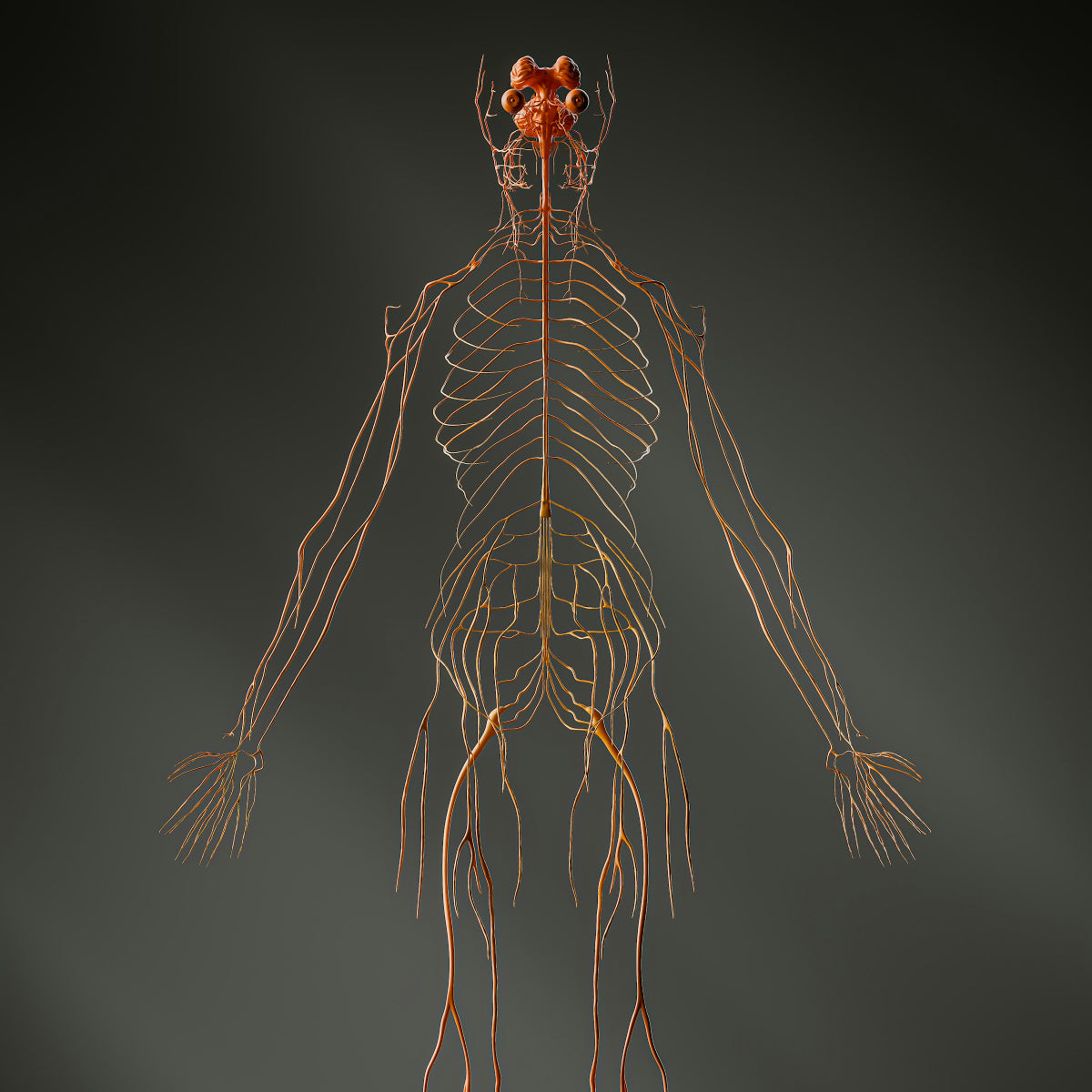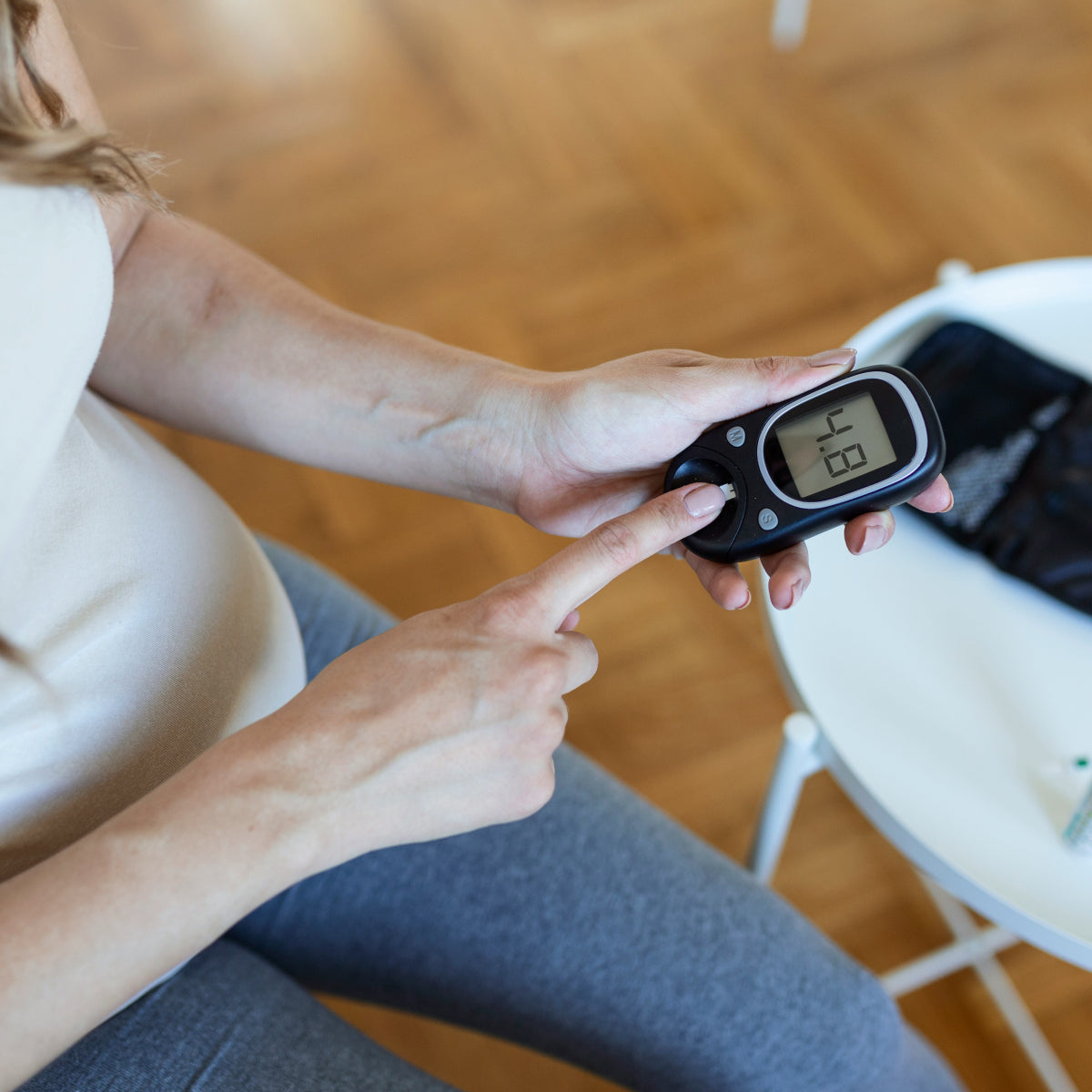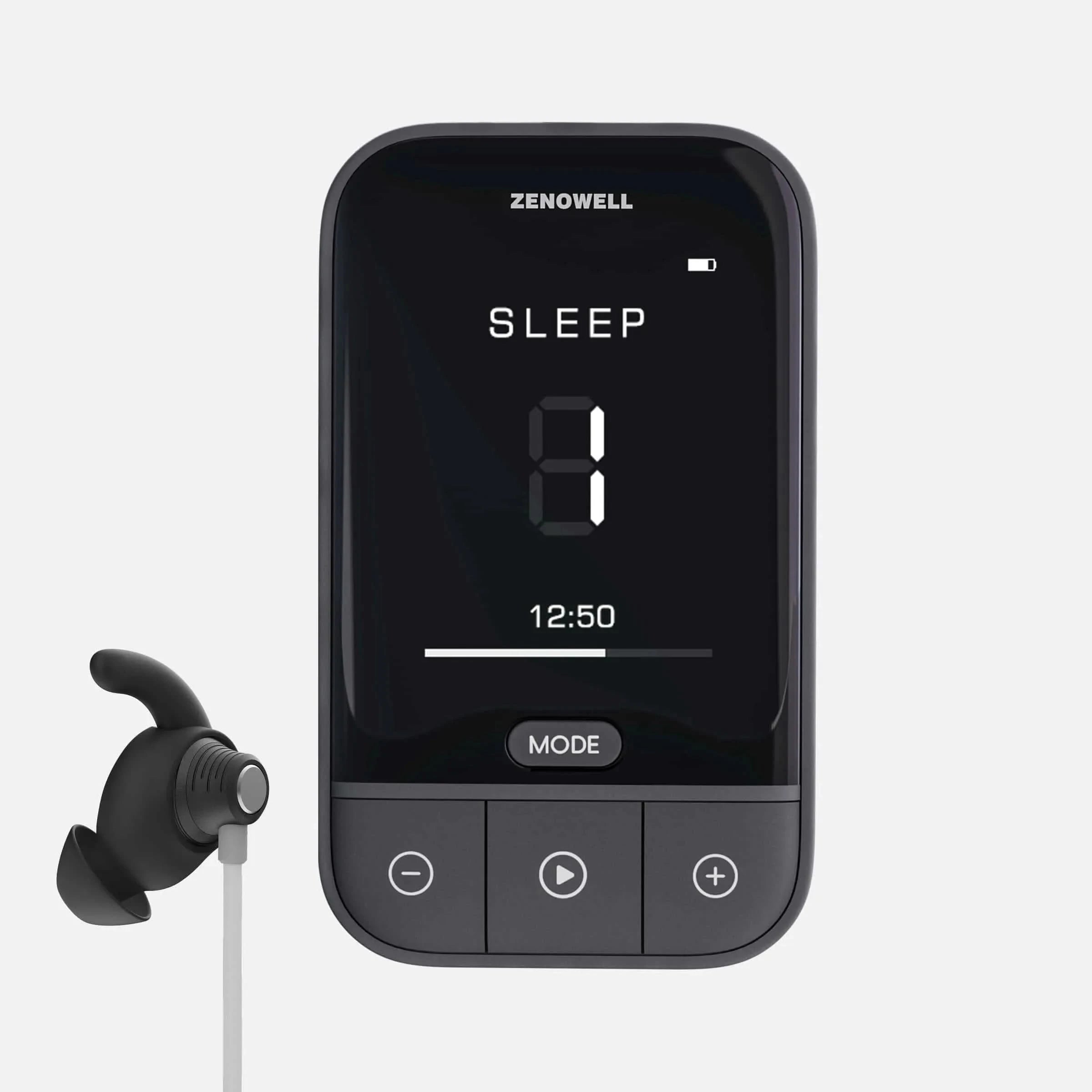Presenteeism, menopause, and the silent cost of pushing through
In today’s fast-paced professional world, showing up has long been equated with commitment. But what happens when showing up becomes a mask for silent suffering? For many individuals — particularly women in midlife — the pressure to perform despite physical and mental discomfort is an everyday reality. This phenomenon is known as presenteeism, and its cost is far greater than we might think.
What Is Presenteeism?
Presenteeism refers to the act of working while unwell — whether physically, mentally, or emotionally — leading to reduced productivity and performance. Unlike absenteeism, which is easy to quantify, presenteeism often goes unnoticed, yet its cumulative impact can be even more damaging over time.
Four Recognized Types of Presenteeism:
- Functional – Working while below optimal health, but still managing responsibilities.
- Dysfunctional – Symptoms actively impair one’s ability to work effectively.
- Overachieving – Compensating for discomfort by pushing oneself harder, often at personal cost.
- Therapeutic – Using work as a coping mechanism for emotional or physical distress.
While presenteeism can affect anyone, growing evidence suggests that women undergoing menopause face a disproportionate burden — often falling into the dysfunctional and overachieving categories.
The Hidden Toll: Health, Productivity, and Burnout
Presenteeism quietly erodes focus, creativity, decision-making, and motivation. At the same time, it increases emotional strain, stress, and the risk of long-term burnout. This silent crisis not only impacts individual well-being, but also undermines organizational productivity and sustainability.
The Economic Burden:
- In the United States, presenteeism costs employers up to $1.5 trillion annually — ten times more than absenteeism.
- In the United Kingdom, it accounts for over £100 billion in lost productivity each year.
-
Across Europe, up to 60% of workers report working while ill at least once a year.
Menopause and Presenteeism: A Critical Overlap
A 2024 study published in the Archives of Gynecology and Obstetrics reported that nearly 1 in 4 working women experiencing menopause suffer from moderate to severe presenteeism. These are the common symptoms affecting work performance:
- Cognitive issues such as brain fog and forgetfulness
- Emotional disturbances like mood swings and anxiety
- Sleep disruptions and persistent daytime fatigue
- Hot flashes, joint pain, and physical discomfort
- Low heart rat variance (HRV)
Without adequate support systems in place, many women either endure in silence or are forced to withdraw from the workforce prematurely — losing not only productivity, but also experienced leadership and institutional knowledge.
It’s Time to Rethink Work and Wellness
Presenteeism is not a personal weakness — it’s a systemic wellness and workplace issue. Addressing it requires a shift in both awareness and workplace culture. Luckly, we have evidence-based strategies to Mitigate Presenteeism.
Promote Micro-Moments of Recovery
- Encourage brief breaks every hour to stretch or walk
- Offer access to quiet spaces or noise-cancelling tools
- Normalize 60-second breathing resets between tasks
- Allow flexible responses to energy fluctuations during the day
Enhance Body-Mind Awareness
- Train interoception (awareness of internal bodily signals) through body scans, mindfulness, or taVNS (transcutaneous auricular vagus nerve stimulation)
- Support executive function via journaling or task-switching exercises
- Teach early identification of mental and physical fatigue
Normalize Regular Rest and “MeTime”
- Advocate for 10–20 minutes of daily personal recovery — not as a luxury, but as a basic nervous system necessity
- Shift workplace narratives away from glorifying overwork
- Invest in wellness programs that accommodate midlife transitions
- Integrate small habits into workspace, 5 minutes walk, 10 stretches, 20 minutes nap...
Reimagining the Workplace for Midlife Women
It’s time to move beyond the binary of “strong or weak,” “committed or disengaged.” A truly supportive workplace is one where women — especially those navigating menopause — don’t have to sacrifice their health to maintain their value.
Let’s build environments that prioritize recovery, resilience, and long-term contribution. When we address presenteeism proactively, we don’t just protect individuals — we invest in the future of healthy, sustainable workforces.
Interested in learning more about how neurotechnology like taVNS can support focus, sleep, and emotional balance? Explore our resources or reach out to our wellness team for insights.
